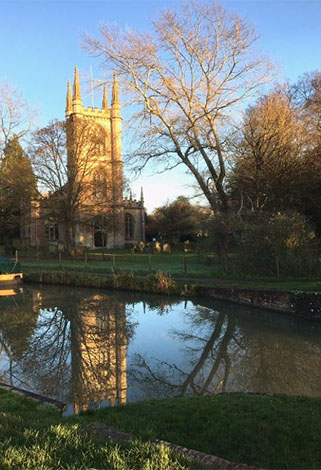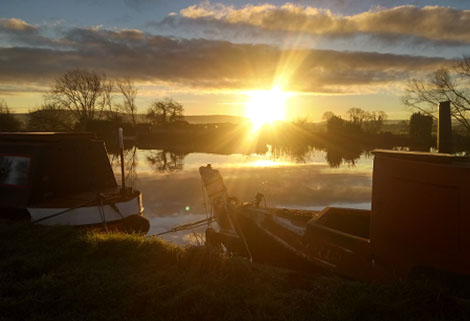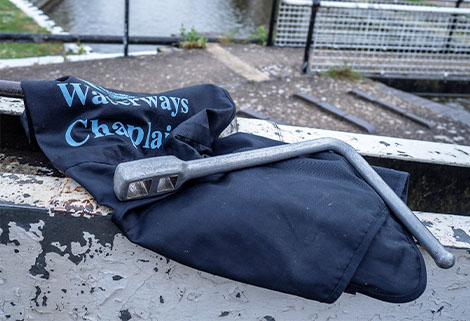how to wire a narrowboat - part 4
fuse board and connection to the batteries
Next we can work out the fuse board needed and the size of the connection to the Domestic batteries.
It is back to those drawings to detail the fuse and the current the circuit is going to need
Example Lights 1 - Maximum current 9 3W lights = 27W / 12 = 2.25A
Smallest cable size (this is the maximum current that the circuit can take without multiple other fuses) as earlier there was found to be a need for 2mmsq it make economical sense to use 2mmsq everywhere 1.5mmsq is shown on the drawings. 2mmsq has a maximum current capacity of 25A. The current to be carried is 2.25A and the Maximum that can be carried 25A. Knowing what is available means a fuse of 5A to possibly 10A
Fuse Board List
- Lighting 1 - 5A to 10A, current - 2.25A
- Passageway Lights - 5A to 10A, current - 2.25A current
 Lights 2 - 5A to 10A, current – 3A
Lights 2 - 5A to 10A, current – 3A- USB Sockets - 10A to 15A, current - 8A
- Drainage Pump - 15A to 20A, current – 15A(5A)
- Water Pump -- 15A to 20A, current – 15A (5A)
- 12V Sockets 12VS1P - Fuse 10A to 20A, current -10A
- 12V Sockets 12VS3P - Fuse 10A to 20A, current - 10A
- 12V Sockets 12VS4P Fuse 10A to 20A, current - 10A
- Fridge 10A to 15A, current - 5A
- Cigar Lighter socket 10A to 15A, current - 10A
- Headlight LED - 5A to 10A, current - 0.7A
- Headlight Tungsten - 10A to 15A, current - 4.6A
So the fuse board needed is a 12 way (J assuming only one headlight). It is sometimes sensible to allow a few fuses for expansion in the future.
Cable selection from the batteries via the Domestic Isolator to the Fuse-board
The total current with everything on and running at maximum is nominally 76A. Now this is unlikely to happen but can/ought be prepared for. For example the cables from the Fuse board to the Domestic batteries is a 3-metre run; 25mmsq will give a volt-drop of 0.35V or 2.93%. If we worked on the basis that only 50% of items were going to be used at anyone time that would be 38A and 25mmsq would give a volt drop of 0.18V/1.46% which meets the target for a 2% or less volt-drop in normal operation at the Fuse-board.
Unfortunately, some fuse-board manufacturers are a bit slow in coming up to date with the increased electrical use on boats and the only connection to their fuse-boards is a 6.3mm male spade connector. The crimp connectors for these spades have a maximum cable size of 6mmsq. The current capacity of 6mmsq is 50A unlike the 25mmsq that has a current capacity of 170A; also the volt-drop of 6mmsq is at 38A 0.72V/5.97%. That is nearly 3 times our target of 2% volt-drop at the fuse-board.
The common 12-way 12 way circuit breaker switch panel (fuse-board) is conveniently set out as two columns of 6 fuses/breakers this give us the ability to feed each column from the top and bottom. So we could use four 6mmsq cables, which would give us a volt-drop of 0.18V/1.49% that is almost the same as the 25mmsq and gives a similar current carrying capacity overall using four 6mmsq.
This can be achieved in one of two ways, running 4 6mmsq cables from the domestic isolator fusing each 6mmsq at the Isolator at 30A. That tends to be a bit messy, my preferred way is to run 25mmsq, fused at 100A, from the Domestic Isolator using to a small busbar by the fuse-board. Then from busbar, using 6mmsq, to the fuse board to the top and bottom of each of the two columns. The 6mmsq being fuse as it leaves the busbar at 30A, This will give a volt-drop battery to fuse-board of about 1.5% allowing us to keep the volt-drop to any DC electrical item to less than 0.6V/5%.
Now we need to balance the two columns of the fuse-board, so that each pair of 6mmsq feed cables handles nearly the same current and one pair of 6mmsq is not handling considerable more than the other pair.
- 12V Sockets 12VS3P - Fuse 10A to 20A, current - 10A
- 12V Sockets 12VS4P Fuse 10A to 20A, current - 10A
- Passageway Lights - 5A to 10A, current - 2.25A
- USB Sockets - 10A to 15A, current - 8A
- Drainage Pump - 15A to 20A, current – 15A(5A)
- Headlight LED - 5A to 10A, current - 0.7A
Maximum current of fuses 1 to 6 - 35.95A
- 12V Sockets 12VS1P - Fuse 10A to 20A, current -10A
- Lighting 1 - 5A to 10A, current - 2.25A
- Lights 2 - 5A to 10A, current – 3A
- Fridge 10A to 15A, current - 5A
- Cigar Lighter socket 10A to 15A, current - 10A
- Water Pump -- 15A to 20A, current – (15A) 5A
Maximum current of fuses 7 to 12 - 35.25A
So by moving fuses and their items from one column to the other one, one section will handle 35.95A and the other will handle 35.25A. This is the nearest in real life you are likely to get the two currents. This difference of 0.7A is acceptable and the two sections and their 6mmsq feed cables will not be over stressed and the volt-drops will be acceptable.
Hope that is helpful to you all and that it has enabled a bit more learning to go on.
In the Appendix you will find: the explanation of how the two-way switch operates, the complete one page drawing for the Lights, and the one page drawing for the sockets, copies are available from me.


 I was quite overwhelmed with this alternative way of living. I had thought that every boater I saw was there for the fun of it and was having a good time, not realising the back stories and sometimes great needs that had arisen for a variety of reasons. We chaplains are here to help in whatever way we can. We are not here to get you into church if you don’t want to come!
I was quite overwhelmed with this alternative way of living. I had thought that every boater I saw was there for the fun of it and was having a good time, not realising the back stories and sometimes great needs that had arisen for a variety of reasons. We chaplains are here to help in whatever way we can. We are not here to get you into church if you don’t want to come! You will know us because we are given a dark blue gilet to wear with “Waterways Chaplain” printed on the back.
You will know us because we are given a dark blue gilet to wear with “Waterways Chaplain” printed on the back.